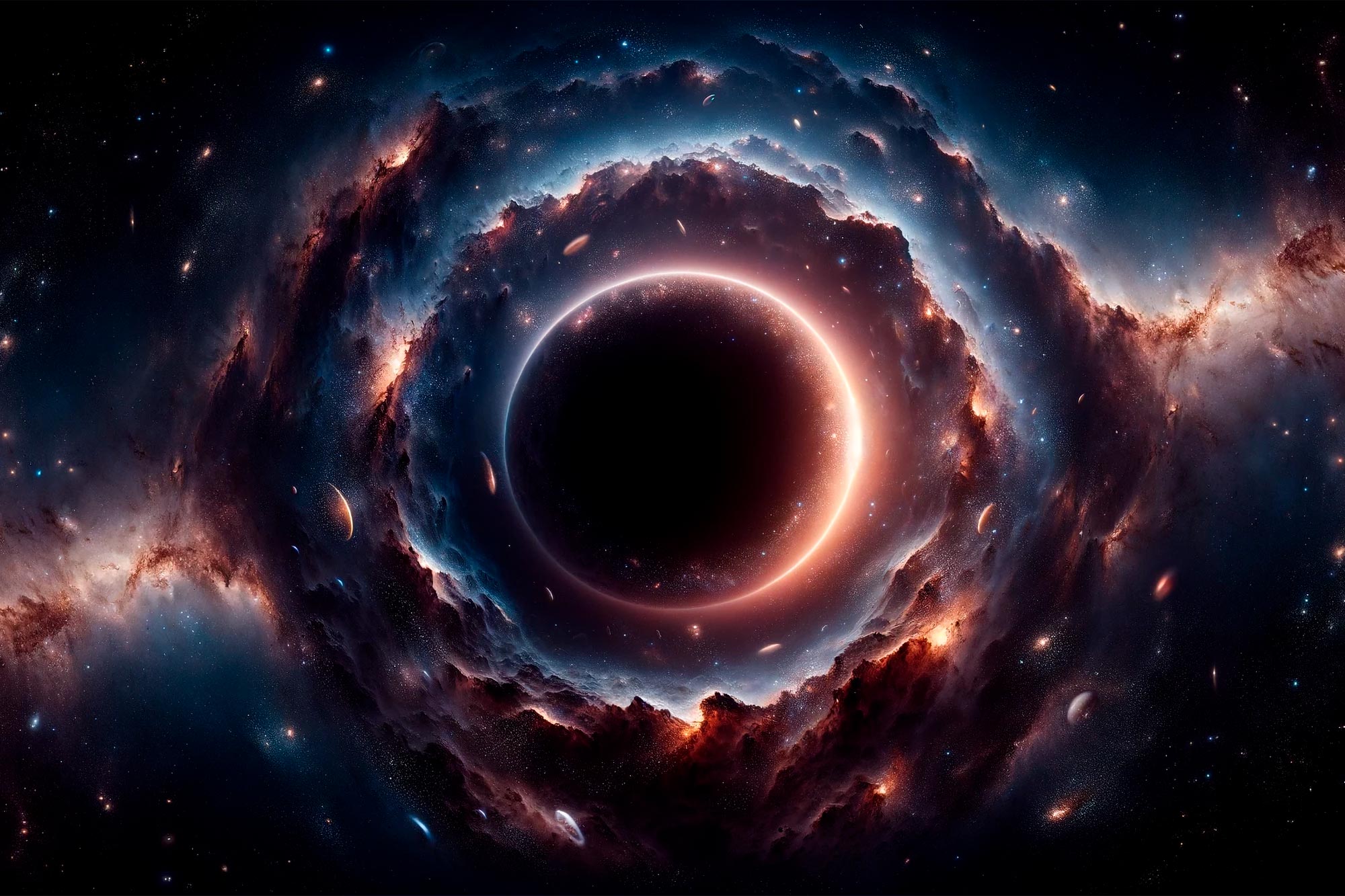The ‘Hubble tension’ has been a recent issue in cosmology due to conflicting expansion rate measurements. It challenges the standard cosmological model. There’s a theory that suggests a massive, underdense void could resolve these discrepancies, contesting traditional views of matter distribution in the universe and prompting a potential revision of Einstein’s gravitational theory.
This theory proposes that a giant void in space could provide a solution to the ‘Hubble tension,’ confronting conventional models and proposing a change in Einstein’s gravity theory. One of the most significant mysteries in cosmology is the universe’s expansion rate, calculated using the standard model of cosmology, also known as Lambda-cold dark matter (ΛCDM). This model is based on detailed observations of the cosmic microwave background (CMB), a light remnant from the Big Bang.
In the standard model, the universe’s expansion causes galaxies to move away from each other at varying speeds. Hubble’s constant governs the relationship between a galaxy’s speed and distance, with recent measurements disputing this value, leading to the ‘Hubble tension.’ An illustration of the Giant Void and surrounding filaments and walls is vital to the study and helps in understanding the concept.
A thought-provoking new study suggests we could be located near the center of a void roughly a billion light years in radius, and with a density 20% below the average for the universe, contrary to popular belief. Further investigations have focused on exploring a potential link between this model and Modified Newtonian Dynamics (MOND), an alternative theory.
Another test of our model based on galaxy observations and their velocities has provided more compelling evidence. The bulk flow of galaxies on a large scale differs significantly from the standard model and matches predictions made in our study. These findings could prompt a reevaluation of the standard model, as potential solutions for the ‘Hubble tension’ face challenges.
Support for this theory can be drawn from observations of the El Gordo galaxy cluster, which, due to its high mass and formation time, does not align with the standard model. The insights from these findings pose a significant challenge for the gravitational theory. This work may well be the evidence needed to support a change in our understanding of gravity, providing a fresh perspective on the issue.


